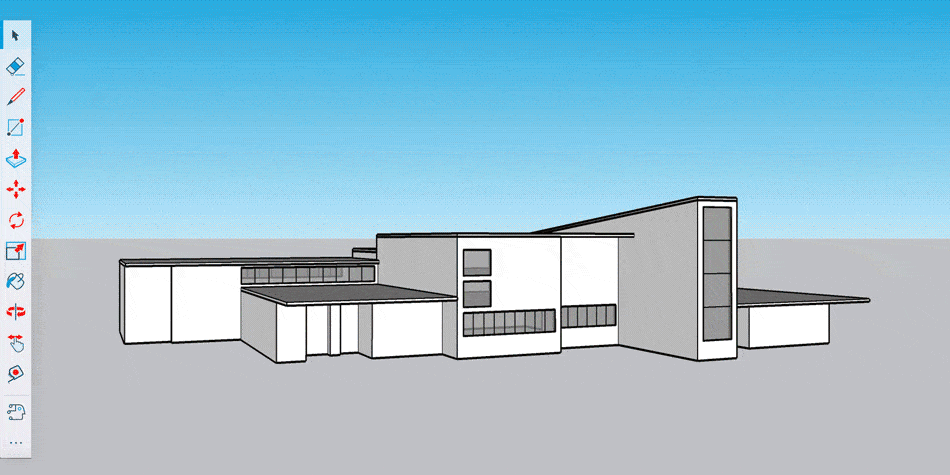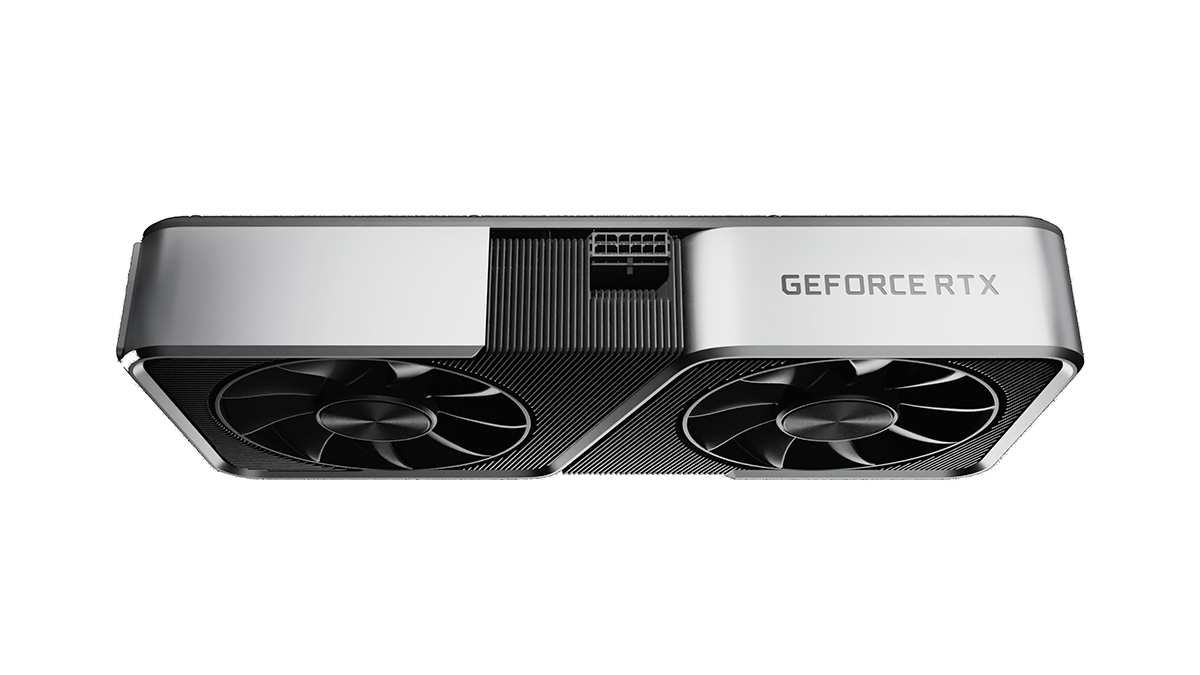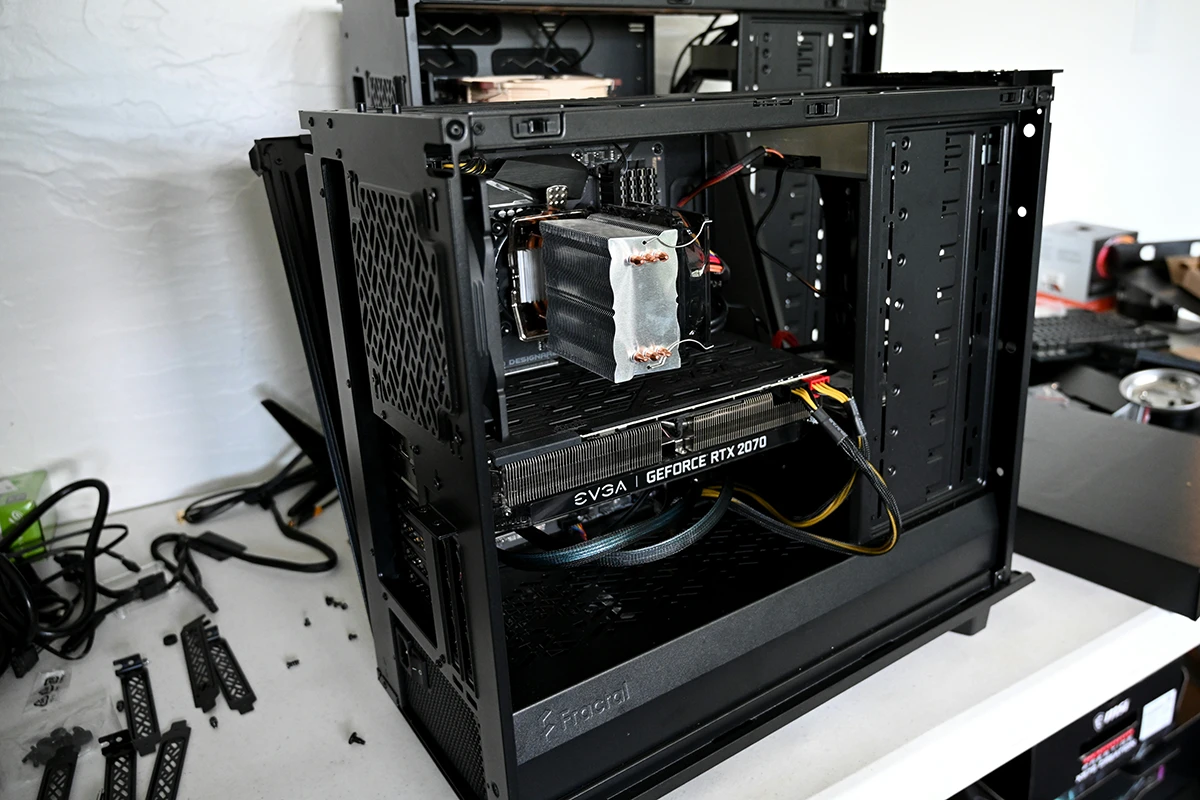Building the Ultimate Computer for SketchUp Work
SketchUp is a powerful 3D application, available for both enthusiasts and useful for professionals. It offers a versatile combination of CAD and ArchViz features, a huge collection of free resources in their 3D warehouse, and a reliable API for the Pro version.
However, if you want to get the most out of SketchUp, you need to understand how it utilizes PC hardware, and this is where this guide comes in handy.
We will delve into how SketchUp works, how requirements change depending on how you use it, and what you can do to create the best workstation for SketchUp.

Image Credit: sketchup.com
Performance Requirements for SketchUp
While SketchUp is a relatively young CAD package, it's not the newest product in the world. The first version, developed by the Colorado startup @Last Software, was released in August 2000.
And although the development team has changed hands multiple times – Google acquired @Last Software in 2006 and later sold SketchUp to Trimble in 2012 – this hasn't stopped SketchUp from becoming a mature and extensible modeling package.
All of this means that, like most expansion-oriented DCCs, SketchUp's requirements depend on the volume and complexity of the projects you use it for.
Amateurs using SketchUp Free and without access to the extension warehouse will have a completely different experience than those using SketchUp Pro, with all its capabilities.
Processor for SketchUp Work
Much of SketchUp's CPU requirements relate to how it defines its geometry.
Like most CAD packages, it uses double-precision numbers for coordinates and transformations.
SketchUp is a tool for modeling polygonal meshes based on edges, but its accuracy is more important than speed.
This means it's more tolerant of n-Gons than packages like Blender, but it doesn't reach the complexity (or computational overhead) of constraint-based modeling tools like Catia or NX.
You won't be using SketchUp for dealing with parting surfaces or physically complex simulations, but there's a good chance you'll be using it for CAD-like tasks that benefit from a powerful processor.
Graphics Cards for SketchUp Work
Like most graphic applications, SketchUp's GPU requirements have increased over the years. And while it's not specifically designed for real-time rendering, there are many situations where graphics processor performance can be crucial.
SketchUp uses OpenGL (with a fairly standard Graphics Library Framework) in its viewport, but their online help center is less than helpful when it comes to GPU requirements.
We know they built their viewport rendering on OpenGL 3.0 (which was released in 2008), but finding more detailed information is difficult.
For standalone rendering, SketchUp supports a wide range of bridges and plugins, two main ones being VRAY and Brighter3D.
In the former case, you can use CPU, GPU, or hybrid rendering with Nvidia RTX support, distributed rendering, and cloud rendering.
You'll be able to leverage almost all available hardware if your projects demand it.
SketchUp doesn't just support standalone visualization tools; there are also several real-time rendering plugins.
Enscape, Shapespark, and Unicorn Render have SketchUp plugins for interactive rendering, and Epic supports an optimized SketchUp-to-UE4 workflow with the Datasmith toolkit.
These tools add a plethora of features to SketchUp with the expected GPU requirements.
These requirements may be modest for small scenes, but they quickly escalate, especially if you're creating virtual step-by-step guides or high-fidelity flythroughs.
Memory/Storage for SketchUp
When building CAD/Archviz workstations, remember a simple rule: you'll need more memory.
Any project related to Building Information Modeling (BIM) requires large amounts of memory, and thanks to SketchUp's component system and the plethora of BIM plugins available to Pro users, SketchUp can handle some projects requiring extremely large amounts of RAM.
However, this doesn't mean that SketchUp particularly aggressively utilizes memory at a low level; if you're using it for small hobby projects where you're not dealing with a ton of objects or heaps of component data, SketchUp is quite reasonable.
Storage/SSD for SketchUp
Using SSDs instead of HDDs is generally beneficial, but SketchUp users typically see the greatest benefit from a combination of drives.
A good empirical rule is that the importance of using SSDs is proportional to the volume and complexity of the data projects you're working with. If you're using a lot of external resources, references, or data sources, you'll definitely need to prioritize fast input-output.

Image Credit: sketchup.com
Recommendations for SketchUp CPU
With each latest generation of hardware, the differences between Intel and AMD processors are diminishing.
Both have niche product lines that serve different markets, but their main consumer-oriented lines typically go hand in hand in most situations. This is great for enthusiasts and universal users as it allows for easily finding an affordable processor that fits their pipeline.
Purchase something fresh that fits your budget, preferences, and other parameters.
SketchUp is a CPU-oriented modeling package that benefits from high single-core performance, but it's not the kind of program designed to utilize something like the AMD Threadripper series, which has an extremely high number of cores (at significantly reduced clock speeds).
Buying a high-performance processor with many cores for a SketchUp workstation is like fitting a sledgehammer for finishing; it's rarely a good idea.
Recommendations for CPU for SketchUp:
AMD:
- AMD Ryzen 5 5600X
- AMD Ryzen 9 5900X
Intel:
- Intel Core i9-10900K
- Intel Core i7-10700K
Graphics Card for SketchUp

Depending on your usage scenario, you'll either need a modest graphics processor for viewport performance or you'll need a workhorse for rendering.
As we've found, there isn't much information available online about SketchUp's everyday requirements for graphics processors, but we know that most third-party rendering engines can fully utilize the advantages of your existing hardware.
Recommendations for graphics cards for SketchUp:
Nvidia:
- GTX 1660Ti – if you're not interested in rendering or multiple 4K displays
- RTX 2060 Super
- RTX 3060 Ti
- RTX 3080 – if you plan on rendering a lot with third-party engines
AMD:
- RX 6800 XT
- RX 6800
- AMD Radeon Pro WX series
Memory and Storage for SketchUp
When it comes to the price of RAM and the overall volume of professional ArchViz, we'll give the same advice as for most workstations:
If you're using SketchUp for professional work, get at least 32 GB of RAM.
You probably won't need more – and you could get by with less if you're on a tight budget – but 32 GB is a great starting point.
We could delve deeper, trying to quantitatively determine the average RAM usage of SketchUp, but that wouldn't account for other applications in your pipeline or other work you're doing.
In short, if you're using SketchUp as a planning or visualization tool for anything substantial, you'll appreciate the step up from 16 GB.
Recommendations for RAM for SketchUp:
- Corsair Vengeance LPX 32GB DDR4-3200
- Crucial Ballistix 32GB DDR4-3600
Storage
The average price difference between NVMe SSD and SATA SSD has narrowed to just a few rubles per gigabyte. Meanwhile, the gap in performance for sequential read/write between these two solid-state drives is about 2900 MB.
The return on investment for NVMe SSD depends on the type of work you do and the number of files you want to have on hand on the SSD (rather than archiving to HDD for longer-term storage), which means we won't recommend high-capacity NVMe drives for all budget levels.
Recommendations for SSD:
- Samsung 970 EVO Plus (NVMe solid-state drive)
- Samsung 870 Evo
- Crucial MX500
- ADATA Ultimate
Recommendations for hard disk drives:
- Seagate Barracuda
- Western Digital Blue
Motherboard for SketchUp Build
If you're using SketchUp exclusively, the choice of motherboard won't have a significant impact on your build; as long as it fits your form factor and has what you need for future upgrades, you'll be fine.
However, if you're using SketchUp with a third-party rendering engine or working with a pipeline that involves powerful BIM or CAD applications, your choice can be very important.
If you're dealing with a large amount of BIM data and fast input-output is crucial to the overall workflow, pay attention to the number and speed of PCIe lanes; the difference between PCIe 3.0 and PCIe 4.0 is quite significant and can affect both SSD input-output and graphics processor performance (mostly for configurations with multiple GPUs).
Without clear timelines for when the next series of processors will be announced or what socket changes we can expect, we can't give you an exact recommendation on choosing one socket over another.
And considering SketchUp's CPU requirements, rethinking the choice of motherboard won't give you much.
Recommendations for motherboard:
- Socket AM4: MSI X570 Tomahawk
- Socket TR4: Gigabyte Designare Ex X399
- Socket LGA-1200: MSI Z490 Unify
- Socket 2066: MSI X299 Gaming Pro Carbon

Conclusion
In conclusion, building a computer tailored for SketchUp involves carefully considering the specific demands of the software and how it fits within your workflow. While SketchUp itself may not require cutting-edge hardware, its performance can be greatly enhanced by selecting components that complement its capabilities.
For CPU selection, prioritizing high single-core performance is key, making processors like the AMD Ryzen 5 5600X or Intel Core i9-10900K solid choices. When it comes to graphics cards, options such as the Nvidia RTX 3060 Ti or AMD RX 6800 XT can offer a good balance of performance and affordability.
Memory and storage considerations emphasize the importance of having ample RAM, with 32GB being recommended for professional users. SSD storage, particularly NVMe drives like the Samsung 970 EVO Plus, can significantly improve workflow efficiency.
The choice of motherboard may not be as critical for SketchUp alone but becomes more relevant when working with additional rendering engines or CAD applications. Factors such as PCIe lane count and socket compatibility should be considered for future expandability.
Ultimately, by carefully selecting components based on your specific usage scenario and budget, you can build a powerful workstation optimized for SketchUp and other related tasks, enhancing productivity and workflow efficiency.

Two Monitors Or One Ultra Wide Monitor: Which Is Better?
Which CPU is The Best for Fast Rendering of 3D Scenes in 2025
5 Best GPUs for Graphic Design Professionals
The Best Laptop for 3D Modeling and Rendering in 3ds Max
Choosing a Computer for GPU Rendering

Latest Discussions
Thank you so much!! 
Beautifully composed scene! The sense of depth and lighting are just perfect. ✨
Harika bir sahne kurgusu! Derinlik ve ışık kullanımı mükemmel. ✨
Great list! I’ve been following Arch Viz Artist (AVA) for a while — their tutorials are top‑level. Discovered a few new favorites here too. Thanks for such a helpful compilation!
Great list. I am Abdullah from 7CGI. I would expect the list to have "Neoscape" in it, though. It's always interesting to see how studios around the world are pushing the boundaries of architectural visualization. We recently published a list in a more comprehensive and entertaining manner, highligh
Looking for a reliable and skilled 3D architectural visualization partner?
We specialize in creating high-quality, detailed 3D visualizations that bring your ideas to life. Let’s work together on your next project!














Thank you so much!!